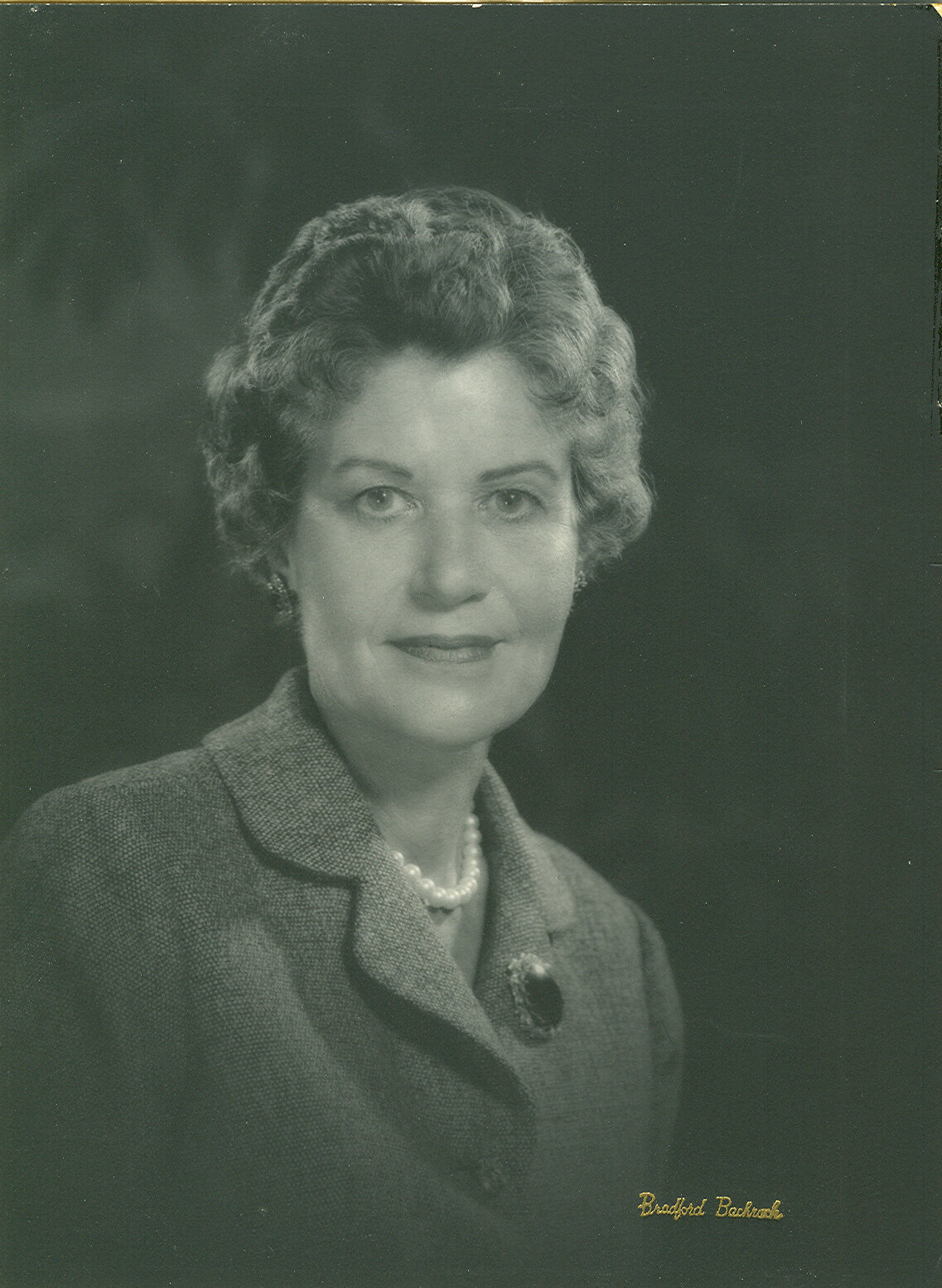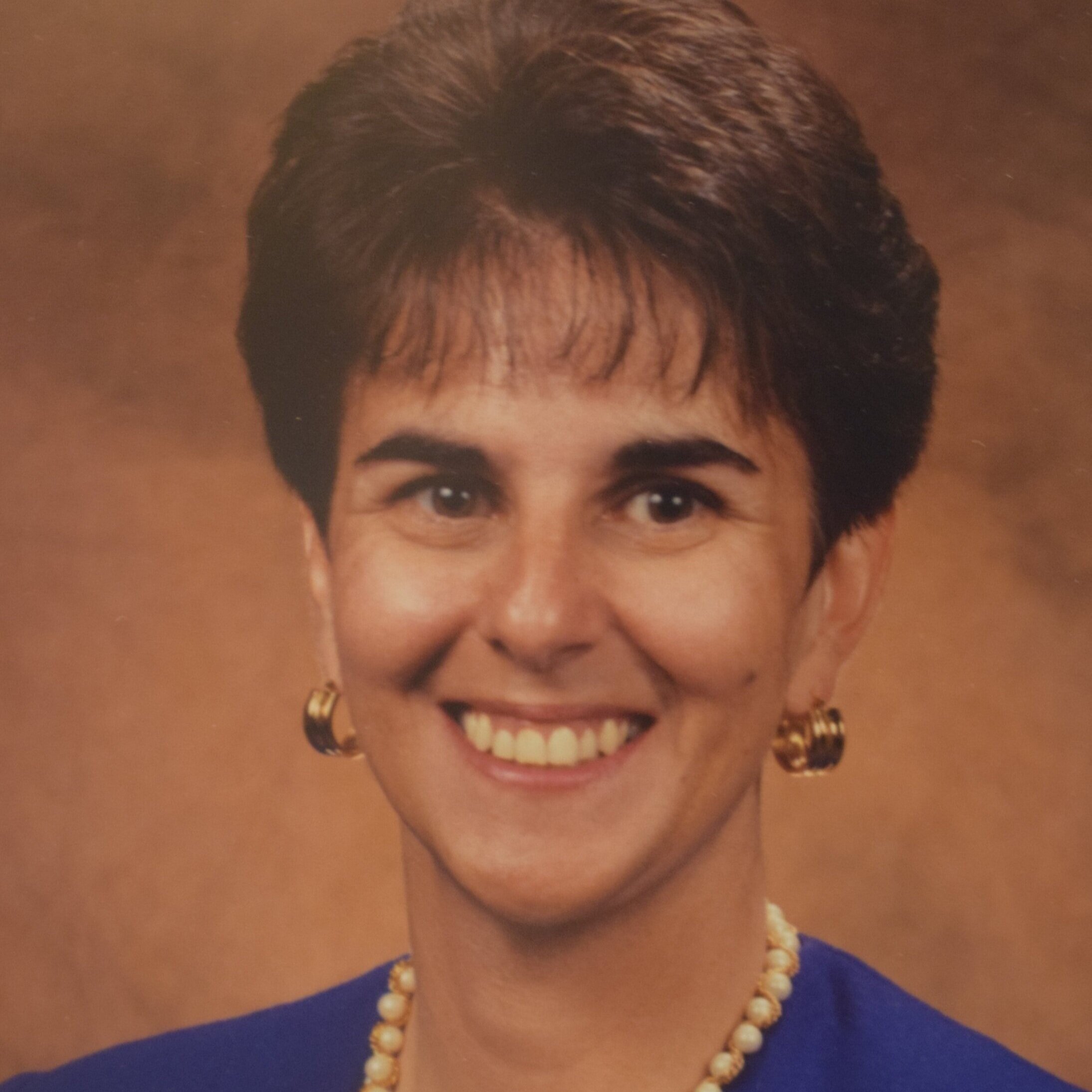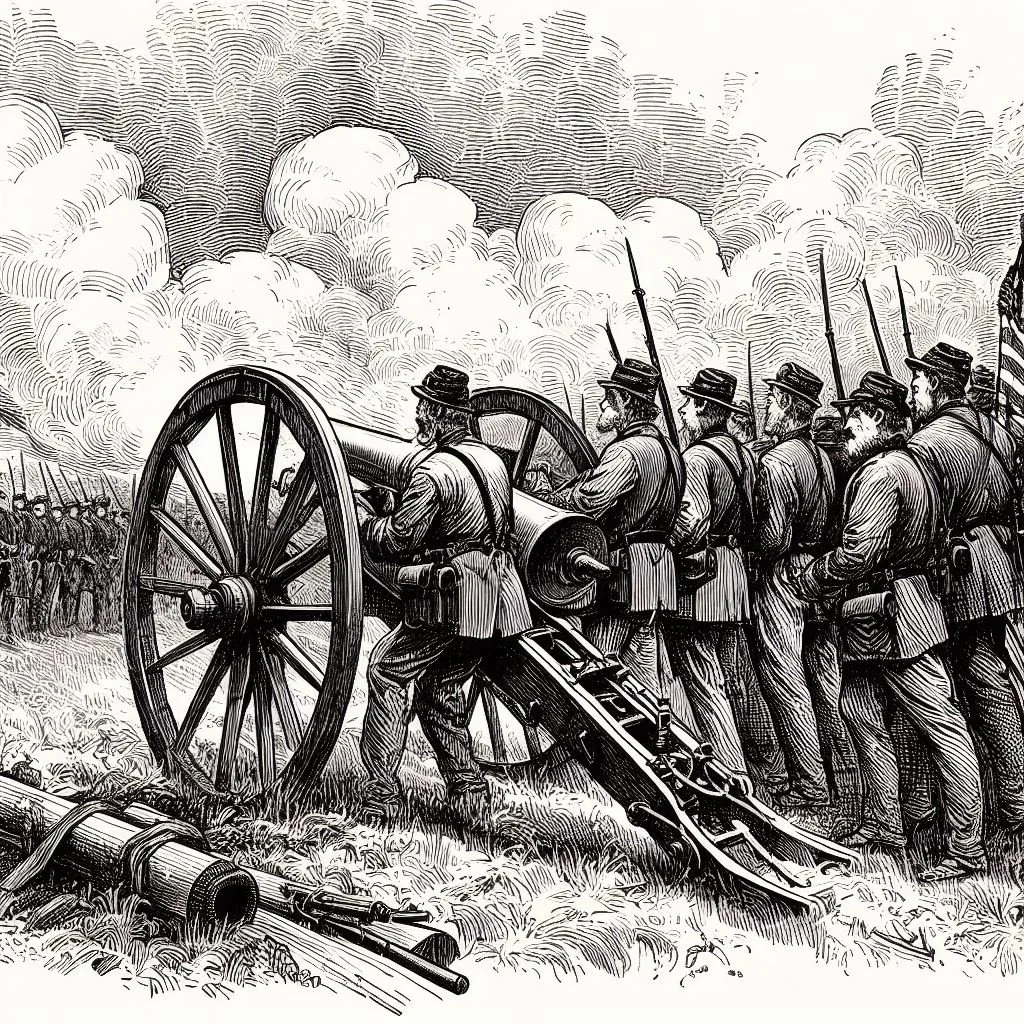By Alison Costanzo, Executive Director and Tim Kirsininkas, Marketing & Public Engagement Manager
Header Photo: Women of the Pottawatomie Garden Club pictured in the 1940s. The Garden Club, along with the St. Charles Women’s Club, have been two outstanding examples of local organizations that encourage women to get active in working to improve their community in many ways.
2020 marks the 100th anniversary of women earning the right to vote. The fight for suffrage was not an easy one, as the movement was split into different factions and was met with fierce opposition from opponents. Through a variety of tactics including marches, protests, and activism, “suffragettes” were able to fight for and advance their right to vote.
When the 19th Amendment was introduced for ratification in 1919, Illinois was among the first states in the Union to ratify the amendment. Women had previously earned the right to vote in local elections, as Ellen Martin of Lombard was the first to officially have her vote counted in a local election in 1891, 29 years before the 19th amendment granted full suffrage rights.
In celebration of this historic landmark year, the St. Charles History Museum will be celebrating the legacy of local women who fought for suffrage and helped to shape St. Charles into the city it is today in our fall temporary exhibit. In preparation of the exhibit and in honor of Women’s History Month, take a look at some of the most influential women in St. Charles history:
Clara Jones Farson, 1851-1929
Library Board Member, Suffragette, Founder of St. Charles Women’s Club
Clara Jones Farson was the daughter of one of St. Charles’ first attorneys and the man who is credited with naming St. Charles, Stevens Sanborn Jones. Clara used her prominent position in the local community to her advantage, becoming very active in local issues and pushing for equal rights at the height of the suffrage movement.
In 1888, Farson became one of the first members of the St. Charles Public Library’s Board of Trustees, and along with the St. Charles Mayor’s daughter, Jennie Lewis, helped to choose the location for the city’s first public library.
In 1916, Farson organized and led a group of women from St. Charles to march in Chicago in support of equal voting rights for women. From there, Farson remained very active in civic engagement, and among many other roles served as one of the founding members of the St. Charles Women’s Club, which is still in existence today.
Lina Paschal, 1858-1956
Journalist, Owner/Editor of the St. Charles Chronicle
A close friend and acquaintance of Clara Jones Farson’s, Lina Paschal was one of the first owners and editors of the St. Charles Chronicle, which exists as the Kane County Chronicle today. When she took over the paper in 1903, local circulation of the paper was only 700 issues per day, and Paschal was influential in bringing the struggling publication up to the reliable print publication it exists as today. The Chronicle also was the first newspaper to be distributed to soldiers on the frontlines of World War I to allow them to stay up to date on issues at home.
Lina became well-known for her popular column “Table Clatter”, in which she wrote about pressing issues such as women’s suffrage. Lina encouraged men, women, and their families to discuss these issues and to be informed and involved in the electoral process.
Like Farson, Paschal also served in many influential roles during her lifetime up until her death in 1956. Paschal rests in St. Charles’ North Cemetery on Route 25.
Dellora Angell Norris, 1902-1979
Community Philanthropist
The niece of Texaco Co-Founder John “Bet-A-Million” Gates, Dellora Angell Norris was another woman who used her good fortune to help lift up others in her community and give back.
Gifted a portion of Gates’ estate, Dellora met and later married commercial artist and Chicago Tribune cartoonist Lester J. Norris. Together, the two founded St. Charles Charities, which exists today as the Dellora A. and Lester J. Norris Foundation. Dellora helped to invest in St. Charles, providing land and funds to construct the Arcada Theatre, the St. Charles Municipal Building, the original Delnor Hospital, and other landmarks around St. Charles.
Dellora was also briefly the owner of the Hotel Baker following the death of Gates’ brother-in-law, Col. Edward J. Baker. Dellora donated the Hotel in 1970 for a $1 write-off to a regional Lutheran Charity which converted the building into a senior living center for some time before reverting to a hotel again under new ownership in the early 2000s.
In honor of her contributions to St. Charles, Dellora is immortalized in a statue of her likeness in the plaza in front of the St. Charles Municipal Building. Her final resting place is in Union Cemetery on Route 25.
Sue Klinkhamer
Alderman and 16th Mayor of St. Charles
Another St. Charles trailblazer, Sue Klinkhamer became one of the first women elected to the St. Charles City Council in 1989. Four years later, two more women were elected to join Sue on the council, and in 1997, Sue was elected as the first and to this day, only, female Mayor of St. Charles.
Under Sue’s leadership, the city saw a continued economic and population boom into the early 2000s. Sue helped set in motion the development plans for St. Charles’ First Street project, bringing new living, shopping, and dining options and helping to revitalize downtown St. Charles as a vibrant and lively locale.
Following her time as Mayor, Sue remained active in public service for several years and recently retired. Every time a woman puts herself on the ballot for local public office, Sue makes herself available as a helping resource however she can to support those who may want to follow her lead and take on public service as a career.
When asked about what it means to her to be the only woman Mayor in St. Charles History, Sue says, “it is not as important to be the first as it is not to be the last.”


















